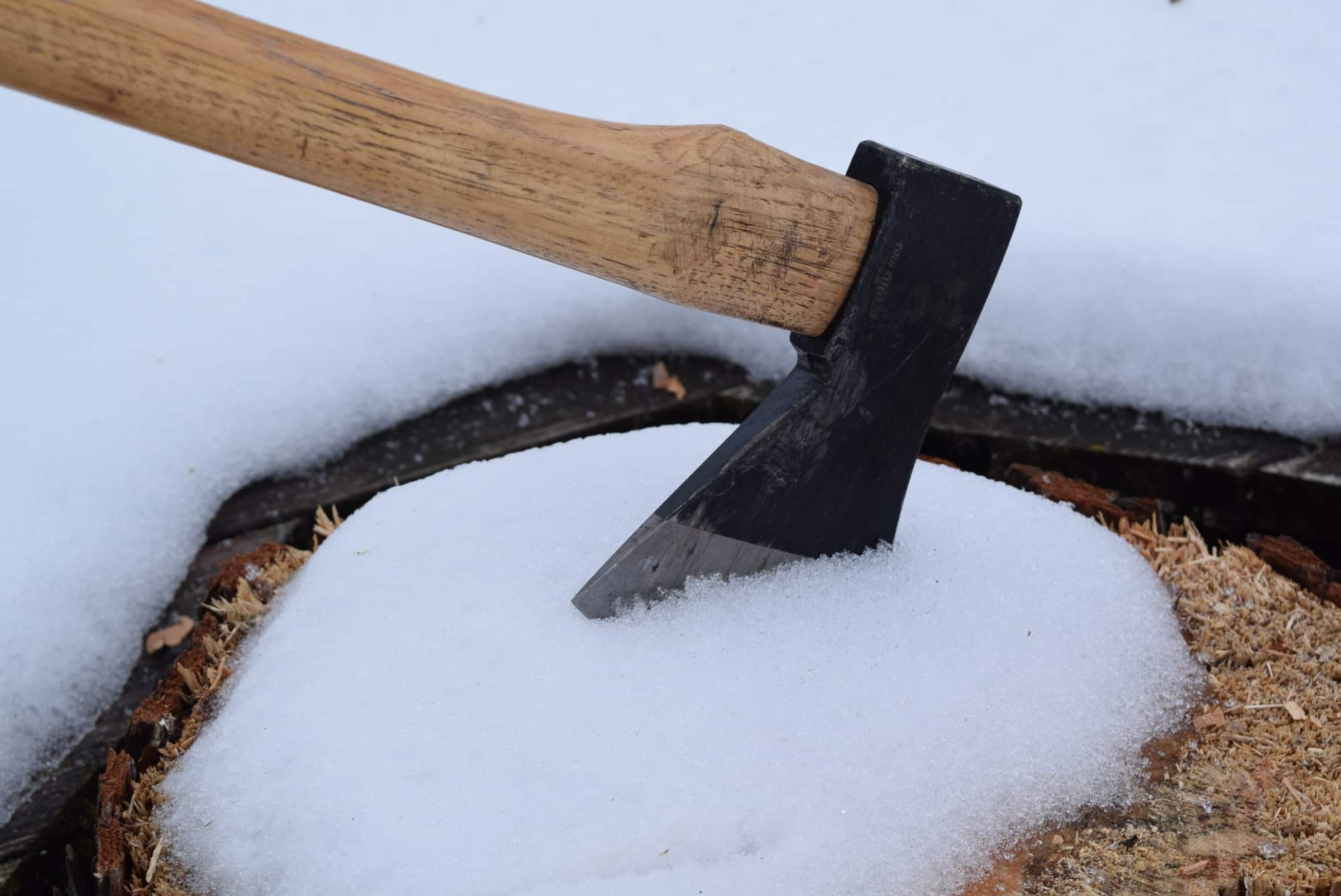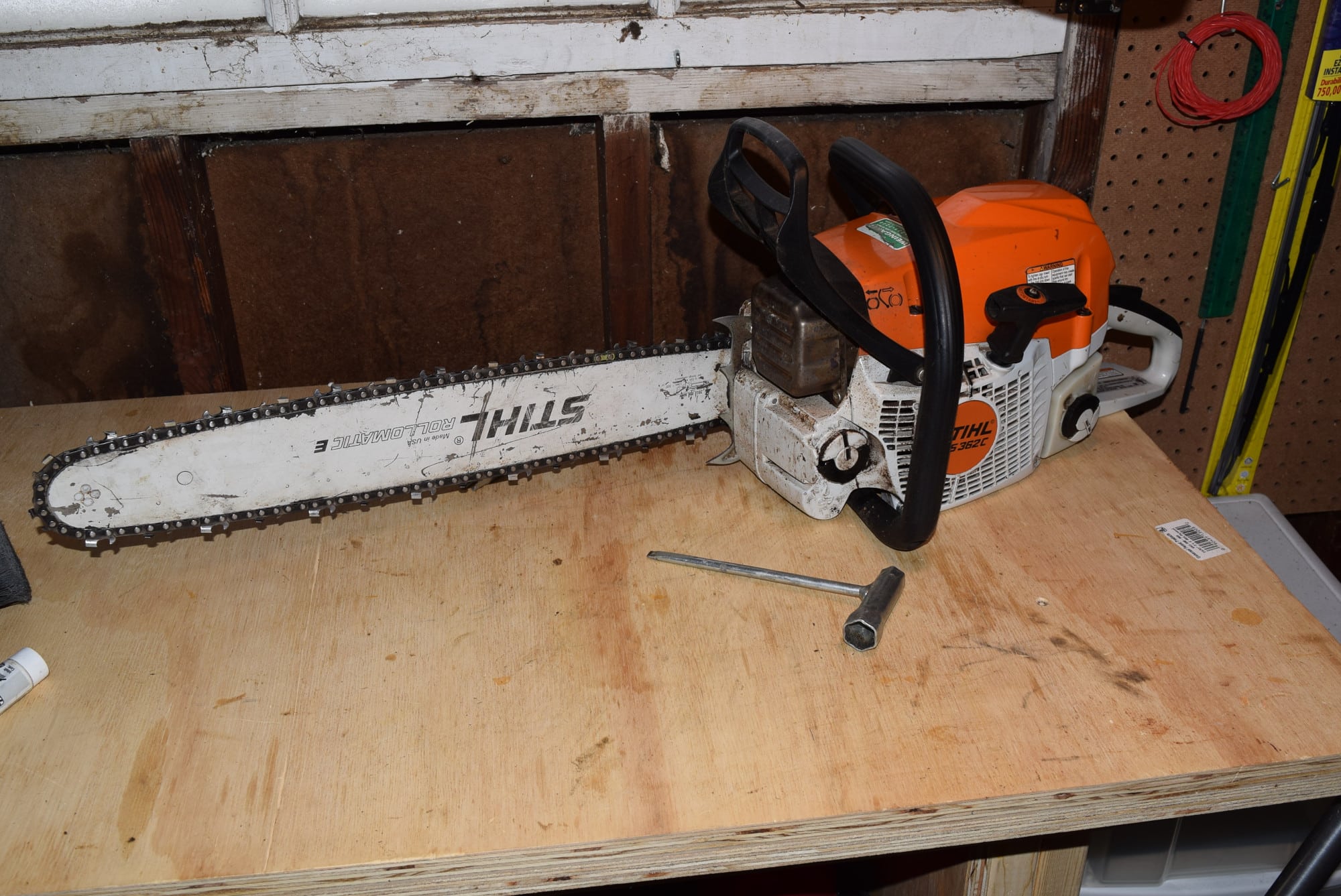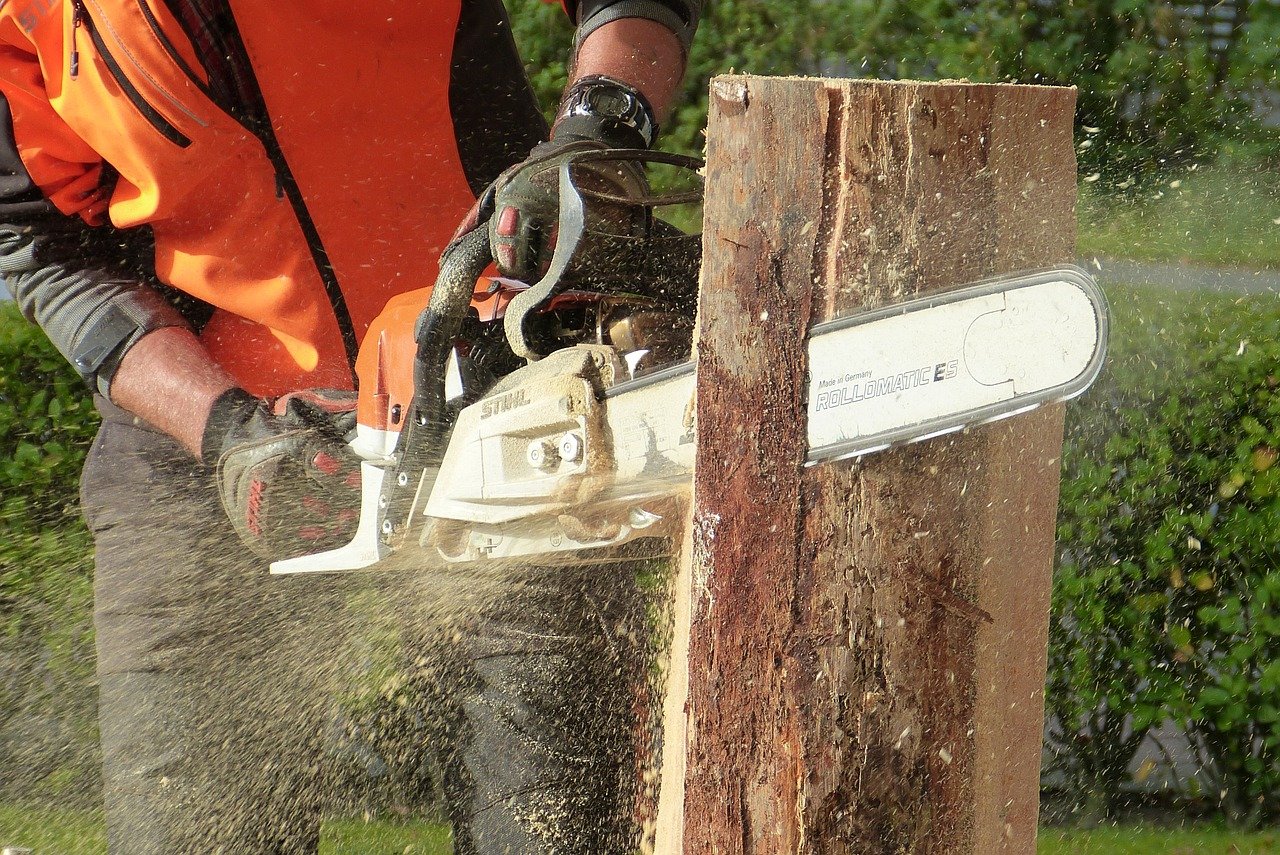If you have ever found yourself looking at your camping gear and realizing that you have not obtained an ax yet, you are in good company. I now own close to 7 axes of varying sizes and functions. Here is how to pick the perfect axe. For simplicity, I am grouping hatchets, axes, and maulers in this.

Select the Perfect Axe for the Job
If you’re looking for throwing recommendations, I have nothing. If I’m going to throw something, I reach for a baseball or a frisbee. However, if you’re looking for something for splitting/ felling/ trail/ camp/ backpacking/ canoeing, I’ve got options. These are meant more to be recommendations in qualities in a given ax for a specific use and less of a brand-specific recommendation. Still, I use brand names sometimes as a reference to a specific product.
Axe’s for Backpacking and Canoeing
Mostly used for firewood gathering and prep I would recommend something small and light. I have used both Fiskars and Husqvarna hatchets and both are great. The Fiskars axe is better for a backpacking axe because of its weight, its very light, and is usually sold with a headcover for the blade. The hollow handle looks like it would be flimsy but is surprisingly strong. The thing I liked about the Husqvarna hatchet though was how well the blade kept its edge, it stayed sharper for longer than my Fiskars, but is a heavy trade-off.
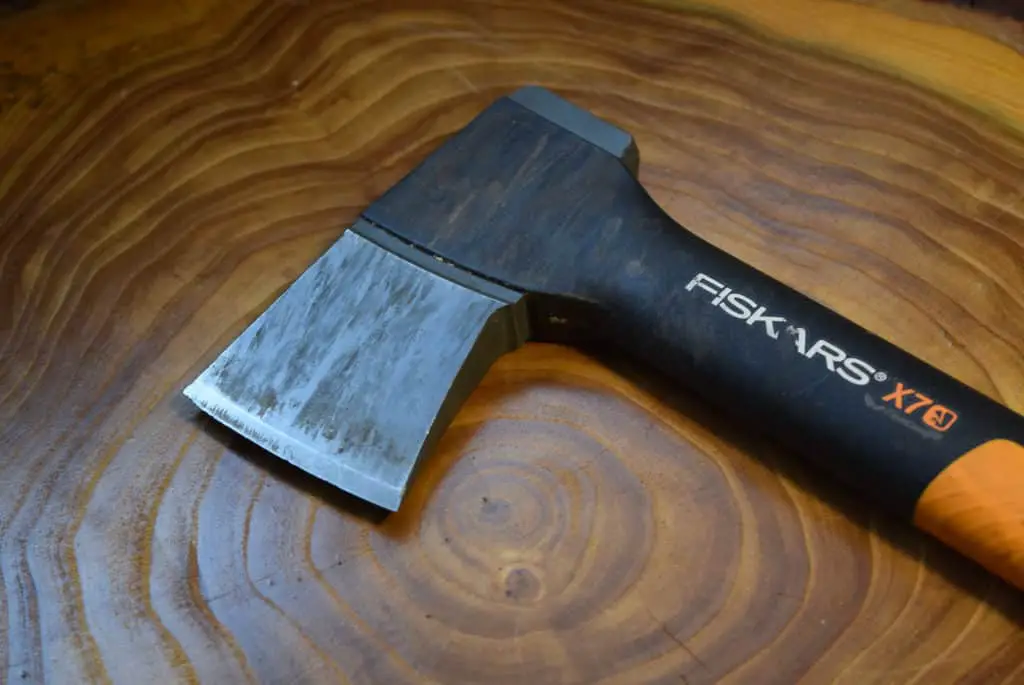
Axes for Car Camping or Short Hikes
Mostly used for firewood gathering and prep similar to recommendations to a backing, but since weight is less of an issue, I would go with something that has a bit more oomph. Some places get bent out of shape about splitting wood in camp and others have rules about collecting firewood from the woods, but we’ll assume this isn’t a problem here. A longer handle and heavier head go a long way on easier splitting. I still reach for a short handle when delimbing something. A standard felling ax from your local hardware usually will do the job.
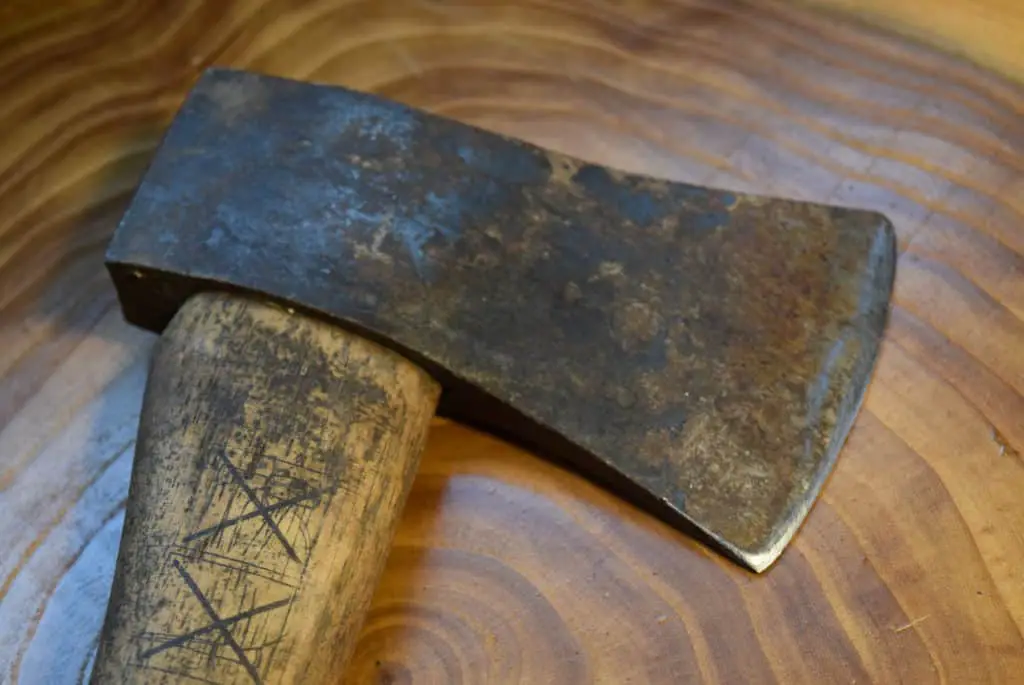
Axes for Home Use
Use whatever feels right, but if you have not acquired anything yet, a felling axe would be what I reach for first. The felling ax will have a narrow head, and the splitting ax will have a wider angle head. Both will work depending on what you are splitting. If you are working with rounds, you will want the splitting head, but if it is already split and you are just making it into more manageable pieces, then a felling ax will work often enough, though if you have the splitting head handy, it’s just as well you use that one. The thing to note here is that a felling ax can be used to split, but a splitting ax can be used for felling or much else besides splitting. The felling ax will have more utility.
Felling
Do you know what you’re doing? Check out the article about felling!
What about a saw?
I’m glad you asked. Check out my article on hand saws!

Dedicated Splitting Axe
A maul is a standby that most folk I know have. It’s typically three feet long in the handle and about 6 pounds. These are awesome, but if you miss and hit the handle instead of the head, the handle gets pretty chewed up. My personal favorite is the 12lbs wedge, the cheese head. It is usually a metalhead and handles welded together, and it will last generations and pulverize wood. They are not cheap, though, but if you have a lot of splitting by hand in your future, particularly if you have full trunk cross-sections, the wedge is awesome.
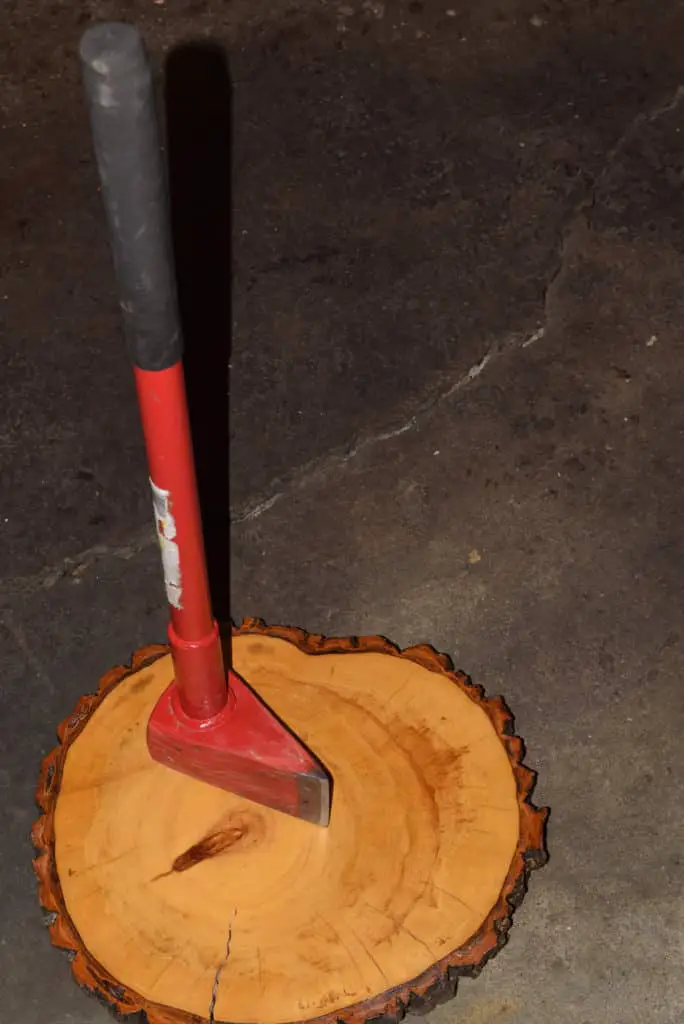
Price
If you are looking at axes and wonder why there is such a price difference, aside from the brand name, there are some performance differences that explain the price. For instance, Gränsfors Bruk ax will run hundreds depending on which one you go for. The benefit of such an ax is how well the head will hold its edge, and it has to do with the metal quality and how it was made. Though recently I noticed an inconsistency in quality, I was looking at a few in a shop, planning to get one, and the bit was not lined up straight with the eye. If the head is not straight when forged, don’t buy it. If you bought one off the internet, look at the top-down, and if you notice it’s not straight and symmetrical from butt to toe, return it. Something cheap like the cold steel trail axe on Amazon for something like $30 is tempting, but you will definitely need to sharpen it almost every time you use it. I bought one and took a bastard file on the trail, to keep it in working shape. The metal is much softer and does not hold an edge very well.
Handle
The handle is more important than one may give credence to. What makes a good handle is the type of wood and the grain present in the Handel. Most good handles are made of hardwood. It is pretty common to see an ax advertised as a “hickory handle.” The grain should be straight. The straighter, the better. Then looking at the ax’s eye, you will see the grain in the handle pretty; clearly, this can tell you a lot. Looking down at the handle itself is also important because if the grain presents as straight at the top, you want to be sure that it runs the handle’s length as long as it can. Defect here and there won’t usually ruin a handle, but it pays to be aware. Also, there is a rise of non-wood handles out there; usually, the rule of thumb here is you get what you pay for, though I have been impressed with the Fiskars handles’ durability despite the price. I have seen a fiberglass handle splinter and fail because someone hit the handle instead of the ax head.
Once you feel like you have a handle on the ax, you want to check out the pages on how to use and maintain your tool.
